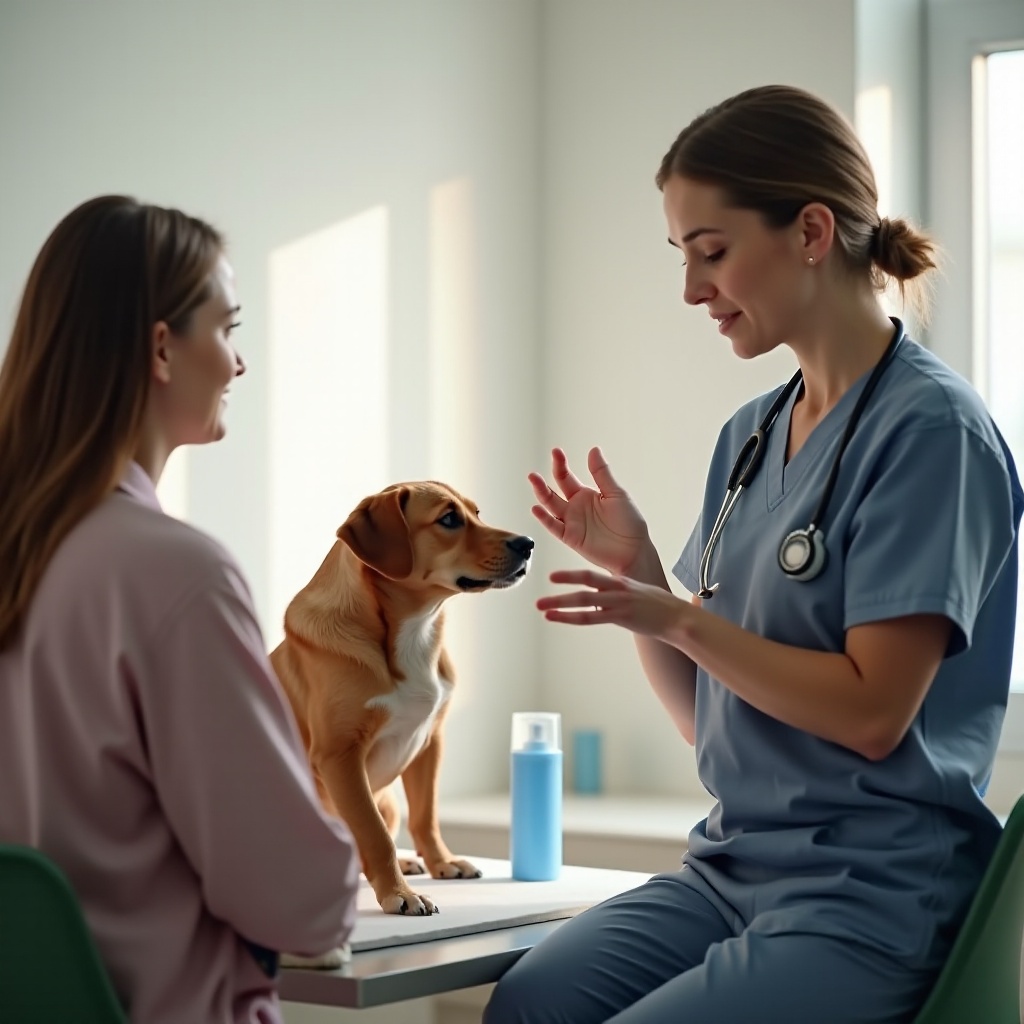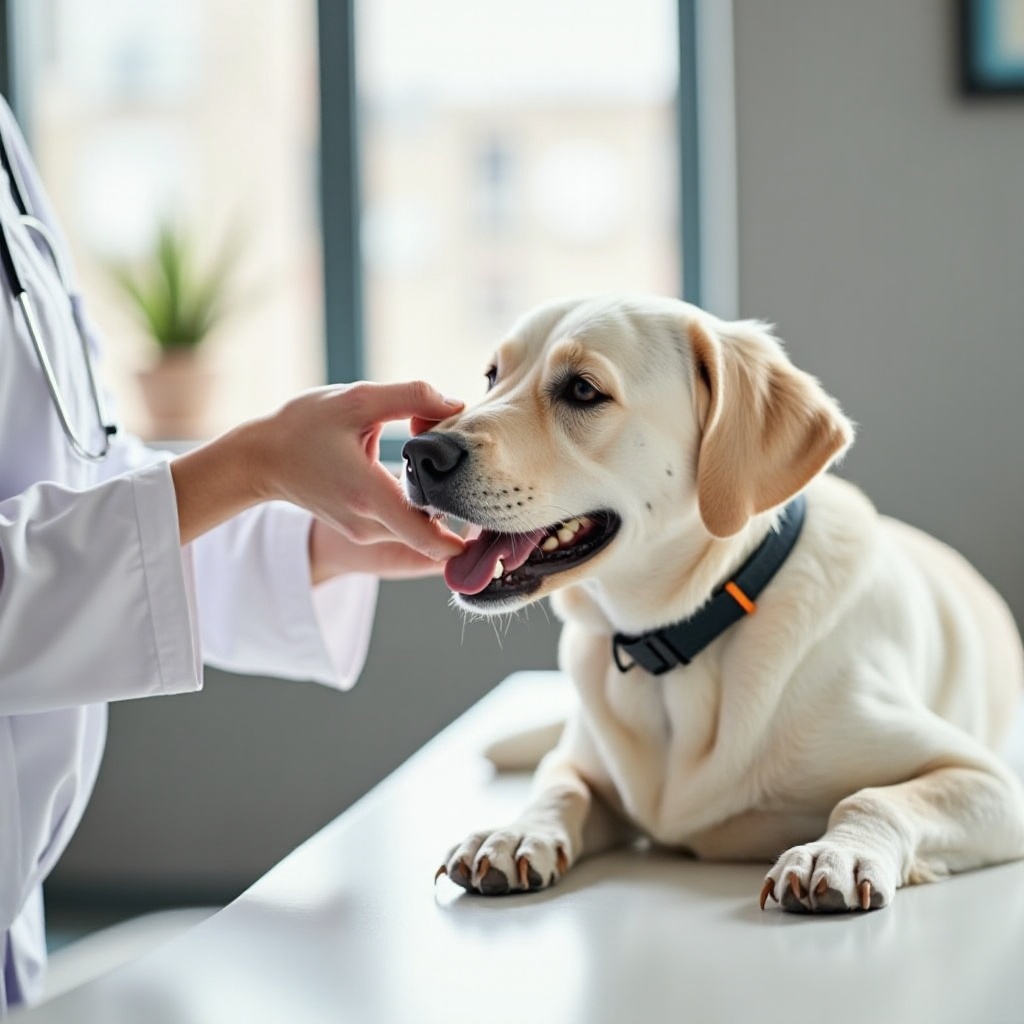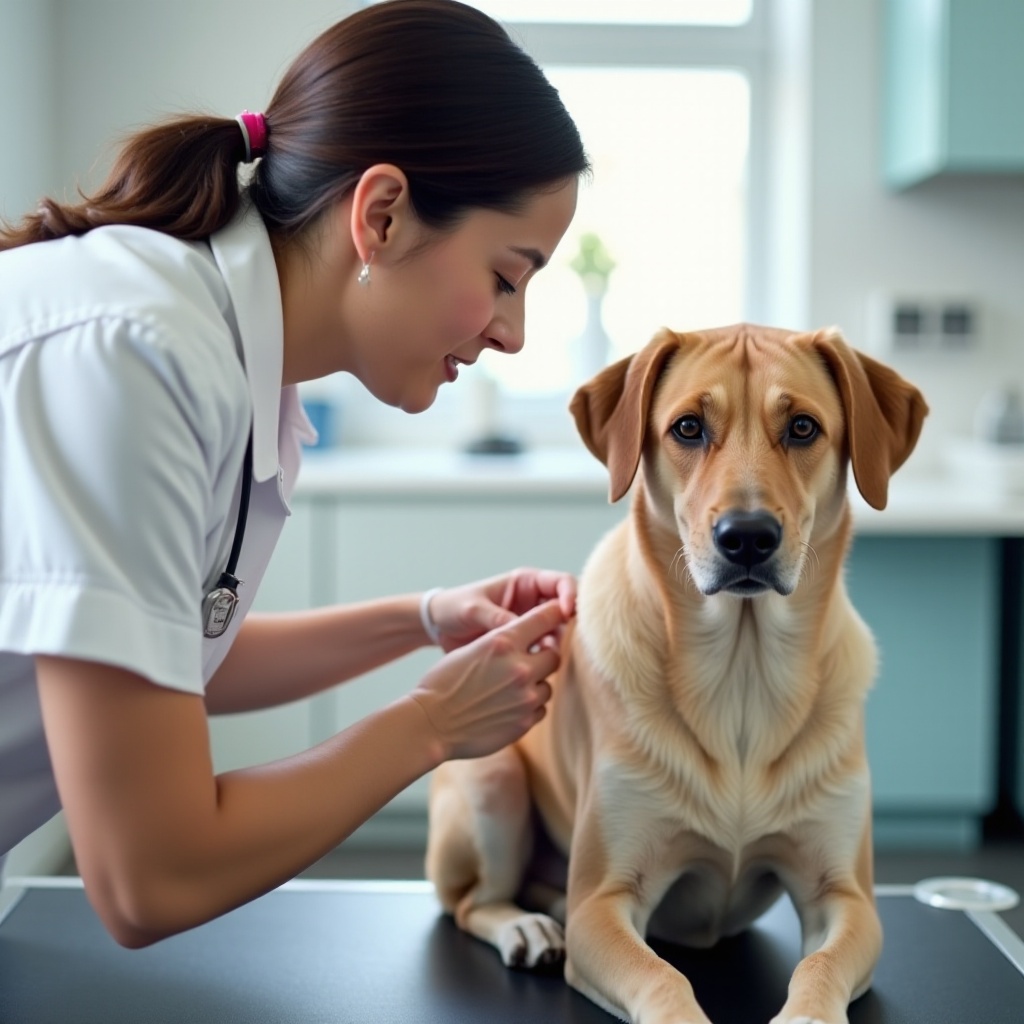Introduction
Fleas are more than just an itching nuisance to your dog; they can lead to serious health problems such as allergic reactions, skin infections, and even tapeworm infestations. Effective flea control is thus essential for the wellbeing of your furry companion. Pet owners often wonder, ‘Can you combine oral and topical flea treatment for dogs?
This question arises because controlling fleas can be challenging, and one method may not always be sufficient. Combining treatments could potentially offer a more comprehensive solution, but it is essential to understand the implications, benefits, and risks. This blog post aims to shed light on whether combining oral and topical flea treatments is a viable option for your dog.

Understanding Oral Flea Treatments
Oral flea treatments, often referred to as flea pills, work from the inside out. These medications usually come in the form of chewable tablets or flavored pills, making them easy to administer. When your dog ingests the pill, the active ingredients enter their bloodstream. Fleas that bite your dog ingest the treated blood and are subsequently killed.
Popular brands of oral flea treatments include products like Bravecto, NexGard, and Comfortis. These treatments typically target both adult fleas and their larval stages. One significant advantage is that they work quickly, sometimes within hours, to kill fleas on your pet. Their efficacy usually lasts between one to three months, depending on the brand and formulation.
Oral flea treatments are generally considered effective and convenient. They eliminate the need for topical applications, which can be messy and washed away. However, as with any medication, there are potential side effects, including vomiting, diarrhea, and in rare cases, seizures. Always consult your veterinarian before starting any oral flea treatment.

Understanding Topical Flea Treatments
Topical flea treatments, also known as spot-on treatments, are applied directly to your dog’s skin, usually at the back of the neck. These solutions contain insecticides that spread over your dog’s body via the skin’s natural oils. Some well-known products in this category include Frontline, Advantage, and Revolution.
Topical treatments offer protection primarily by killing fleas on contact. They are designed to disrupt the flea life cycle by targeting not just adult fleas, but also their eggs and larvae. Most of these treatments need to be reapplied monthly for sustained effectiveness.
One of the main advantages of topical treatments is that they often provide immediate relief by killing fleas soon after contact. Additionally, some formulations also protect against other parasites such as ticks, lice, and even internal worms. However, they can be messy and may cause skin irritation or chemical burns in some dogs.
Proper application is crucial for these treatments to work effectively. Any mishap in application could reduce its efficacy and leave your dog vulnerable to fleas.

Benefits of Combining Oral and Topical Treatments
Combining oral and topical flea treatments can offer several benefits:
- Enhanced Efficacy: Using two different types of treatments can cover the gaps that one method alone might leave. Many oral treatments focus on killing adult fleas, while topical treatments can target a broader range of flea life stages.
- Speed of Action: Oral treatments generally work quickly, but topical treatments provide immediate relief as soon as they come into contact with fleas. This means your dog gets both immediate and ongoing protection.
- Broader Protection: Combining treatments can extend protection not only against fleas but also other parasites like ticks, lice, and mites. For instance, topical treatments like Revolution offer both flea and tick protection, while an oral treatment like Bravecto provides long-lasting protection against fleas.
- Lower Risk of Resistance: Fleas can sometimes develop resistance to certain treatments over time. Using multiple treatments with different active ingredients can minimize the risk of resistance.
- Convenience: While oral treatments are easy to administer, topical treatments can take care of immediate infestations. Combining both ensures a seamless, all-encompassing protection plan tailored to your dog’s lifestyle and needs.
Potential Risks and Precautions
While combining oral and topical flea treatments offers several compelling benefits, it’s not without risks.
- Chemical Overload: Combining treatments means exposing your dog to multiple chemicals, which can potentially lead to adverse reactions. Symptoms might include excessive drooling, vomiting, diarrhea, and lethargy. Severe reactions could manifest as seizures or respiratory distress.
- Skin Reactions: Some dogs may experience skin reactions from topical treatments, ranging from mild irritation to severe chemical burns. This risk could be compounded when using an additional oral treatment.
- Overlapping Ingredients: Some flea treatments may contain similar active ingredients, which could lead to an overdose. Carefully read labels and consult with your veterinarian to avoid using products with overlapping chemical compositions.
- Underlying Health Issues: Dogs with preexisting health conditions or those currently taking other medications may be at heightened risk when adding multiple flea treatments. Always consult your vet to ensure the safety of combining treatments.
- Behavioral Changes: While rare, some dogs may exhibit behavioral changes when subjected to multiple flea treatments. If you notice any unusual behavior, it’s crucial to consult a veterinarian immediately.
Understanding these risks is vital to make an informed decision about combining oral and topical treatments.
Guidelines for Safely Combining Treatments
To safely combine oral and topical flea treatments, follow these guidelines:
- Consult Your Veterinarian: Always discuss your plans with a vet who can provide personalized advice based on your dog’s health, age, and lifestyle.
- Read Labels Carefully: Ensure you understand the active ingredients in each product to avoid overlapping chemicals that could lead to an overdose.
- Monitor Your Pet: After administering the treatments, closely watch your dog for any signs of adverse reactions. If you observe any symptoms of distress, seek immediate veterinary attention.
- Adhere to Dosage Guidelines: Stick to the recommended dosage and application instructions for each product to ensure safety and efficacy.
- Maintain a Schedule: Regularly administer both treatments according to the timelines suggested by your vet. This ensures continuous protection and helps prevent infestations.
Combining treatments can be highly effective when done correctly. These guidelines aim to help you navigate this strategy safely.
Conclusion
Combining oral and topical flea treatments can offer enhanced, comprehensive protection for your dog against fleas and other parasites. However, it’s crucial to weigh the benefits against the potential risks. Always consult your veterinarian before proceeding, and adhere to safe application guidelines to ensure the wellbeing of your furry friend.
Frequently Asked Questions
Is it safe to combine oral and topical flea treatments for dogs?
Combining treatments can be safe if done under veterinary guidance. Always consult your vet before combining to avoid adverse reactions.
What are the signs that indicate a negative reaction to combined flea treatments?
Signs of a negative reaction include vomiting, diarrhea, excessive drooling, lethargy, and skin irritation. Severe reactions may include seizures and respiratory distress.
How often should I apply combined treatments to my dog?
The frequency depends on the specific products you’re using. Consult your veterinarian for a tailored schedule that ensures both safety and efficacy.
